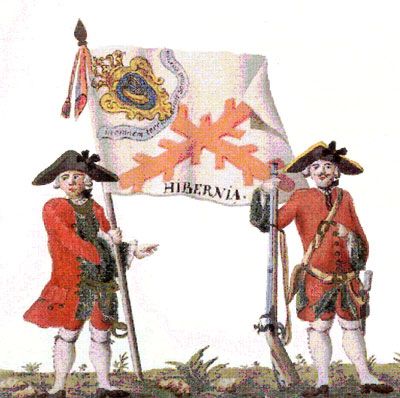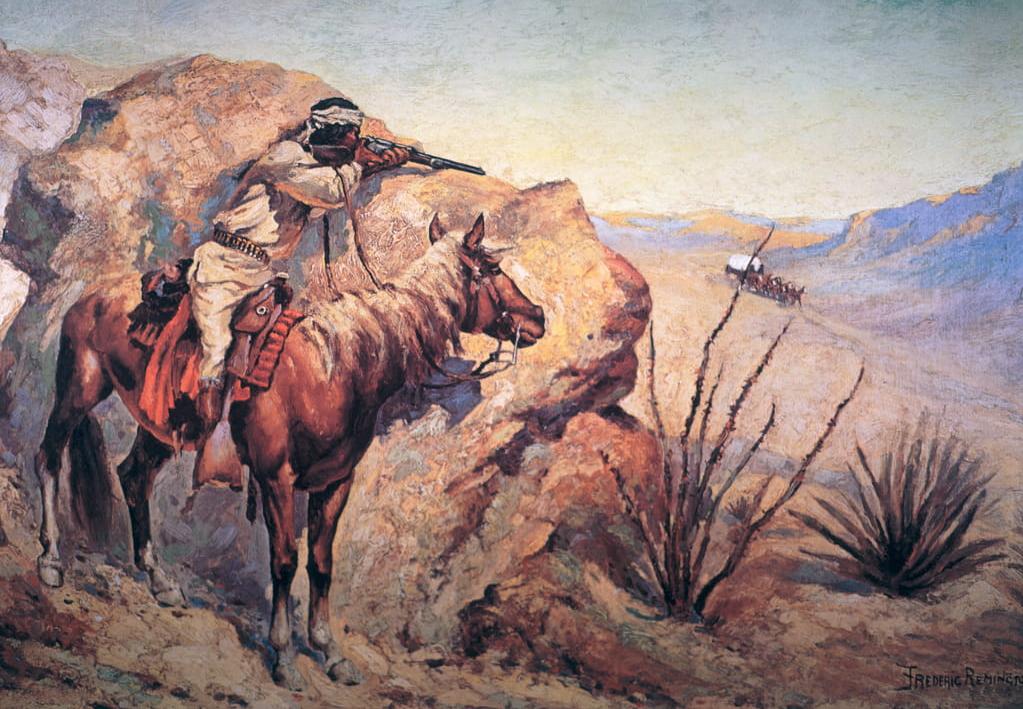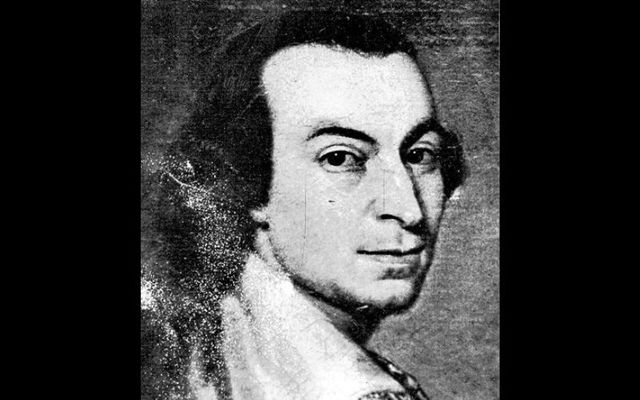On January 30, 1771, Don Hugo O’Conor was named Commandant Inspector of New Spain (Mexico).
O’Conor was born into a Jacobite family in Dublin in December 1734. The family name was most likely originally spelled O’Connor and changed due to frequent misspellings by Spanish speakers.
One of Hugo’s grandfathers had been forced to flee to Spain in 1652, and Hugo’s father was also an Irish nationalist. By the time of Hugo O’Conor, Catholic Spain had a long tradition of taking in Irish exiles. The O’Conor family was related to two officers in the Spanish army, Colonel Don Domingo O’Reilly and Field Marshal Alejandro O’Reilly.
In 1751, young Hugo followed his two cousins to Spain. He immediately joined the Irish Hibernia Regiment. Hugo served in Spain’s war against Portugal in the early 1760s and then was sent to the New World, serving in Cuba under his cousin, Field Marshal O’Reilly. Hugo rose steadily through the ranks and in 1763, was made a Knight of the Order of Calatrava. In 1765, he was transferred to Mexico and served on the staff of Don Juan de Villalba.

Shortly after that, O’Conor was temporarily sent to command the northern presidio of San Sabá. He was then assigned to investigate a violent dispute between the governor of Texas and an army officer. The Viceroy of Mexico, Marqués de Cruillas, was so pleased with his handling of this assignment – which ended with the governor’s removal – that this eventually led to O’Conor’s promotion to the position of Commandant Inspector of New Spain.
Utilizing a system of frontier presidios, Don Hugo fought a constant battle with numerous Indian tribes while helping reorganize and unify New Spain’s northern borders. A presidio he ordered built on August 20, 1775, was in present-day Arizona and named San Agustin de Toixon. The name was later shortened to Tuscon. He is thus considered to be the “Founding Father” of that city.
His most frequent opposition came from a tribe the U.S. Army would one day come to know well -- the Apaches. The Spanish had been fighting the Apaches since 1748, and O’Conor estimated they had killed over 4,000 Spanish subjects. It is estimated that O’Conor rode over 10,000 miles on horseback while in command of this region. The Apaches gave O’Conor the nickname “The Red Captain,” either because of his red hair or because of all the Apache blood spilled fighting him.

"Apache Ambush" by Frederick Remington, 1861 – 1909
When he left his command in northern New Spain on July 22, 1777, O’Conor told his successor, Teodoro de Criox: "The narrative of the destruction, robberies, deaths and other types of damage that I then reported would seem at first glance too exaggerated either as the result of fear or of special purposes of the informants, but besides being based on their reality, they are all evident in very trustworthy documents that I have left in the Archive of Chihuahua."
In October 1776, O’Conor returned from the frontier and was appointed governor of the Yucatán. But at his station in Mérida, his health began to fail. On March 8, 1779, Don Hugo O’Conor died at Quinta de Miraflores, just east of Mérida. O’Conor was only 44 years old when he died and had already risen to the rank of brigadier general. Had he lived to old age, Don Hugo O’Conor may have risen to the highest ranks of Spain’s army or government.
(Copyright, 2014, Joseph Gannon thewildgeese.irish)
This article was submitted to the IrishCentral contributors network by a member of the global Irish community. To become an IrishCentral contributor click here.




Comments